The Pragmatic Appeal of Volkswagen’s 2022 Golf R + Golf GTI
Nuance and performance in these dynamic hatchbacks

Back in 1975, in the United States, the first Volkswagen Golf (badged as the Rabbit) was often met with uncertainty. Many Americans didn’t understand the advantages of it, compared with the still-iconic Beetle. Today, many in the US avoid hatchbacks and that’s why the base Golf won’t be sold here anymore. But 45 years since the Rabbit, the eighth-generation Golf will be released here as the Golf GTI and Golf R.
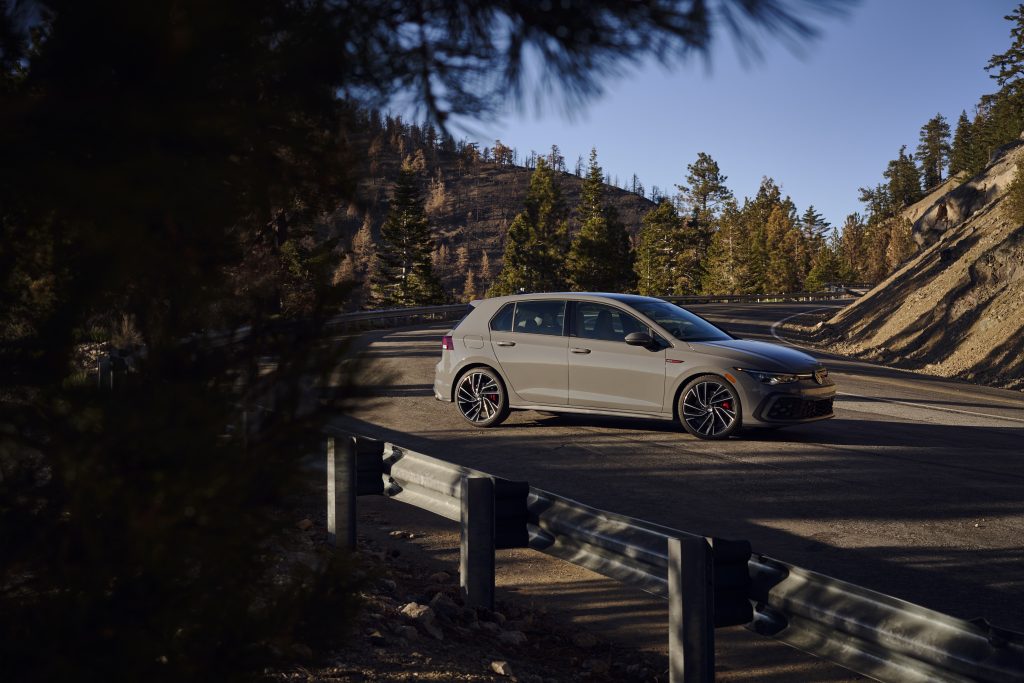
The Volkswagen spirit of the 1970s lives on in these distant cousins, and the same attributes that made the original Rabbit so appealing remain. Both the Golf GTI and Golf R are reasonably affordable cars that balance desires (like being attractive and fun to drive) and needs (comfort, space and reliability) in fairly equal measure.

There’s also a higher degree of polish about the approach; these aren’t just econobox hatchbacks. For example, the GTI is available with gray and black tartan cloth seats, a design that harkens back to the original Golf GTI and adds a layer of upscale quality to what may seem like a purely sensible car choice. The interiors are slick, with softer touch plastics and a pulled-taut aesthetic that, rather than flashy, blends pragmatism with humanity. Door levers feel chunky, not flimsy. Air-vents louver with substantive damping, not clunkiness.
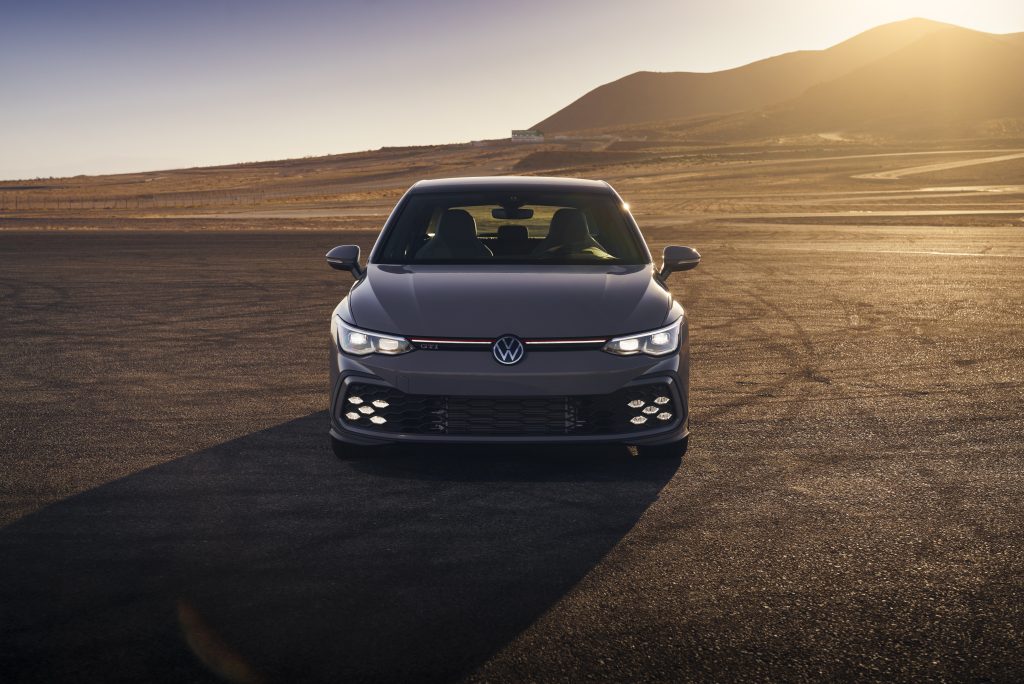
VW offers both cars with both a six-speed manual or seven-speed dual-clutch automatic—the kind of engaging transmission that’s rare in compact crossovers. These Golfs may fall into the “hot hatch” category, but both the GTI and R are much less brash than other models in the segment.
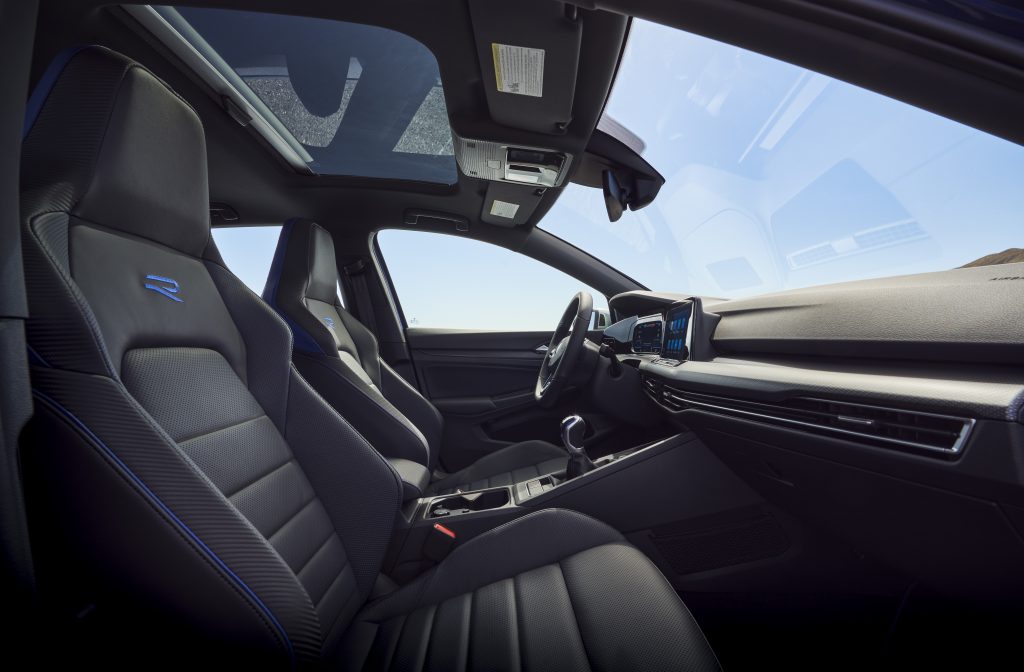
The aforementioned seats, regardless of cover choice, were redesigned to be especially supportive. We spent a full day in both cars and believe only Volvo seats rival these cars for comfort, while also holding you in place during sporty driving. The rear seats are also great and VW is quick to point out that if you flip the rear uprights flat, you’ve got enough load volume to match what’s offered in a lot of compact crossovers. (Perhaps that knowledge would encourage America’s crossover drivers to consider driving a car that, in GTI form, gets 34 miles per gallon on the highway.)

Both cars also feature revamped instrumentation and a center touch-screen that’s capacitive; enabling pinching and swiping. While a lot of brands have gone too far in eliminating buttons and dials, VW achieves a balance with a base screen filled with large icons that require little time to find the choice you’re chasing. Redundant switches (such as for driving mode in the GTI or the R) reside either on the steering wheel or in the center stack beside the shifter. There are also hard buttons for climate adjustment and stereo volume, but VW ditched its more enjoyable and tactile knurled knobs in favor of rocker switches, which don’t offer the same richness.
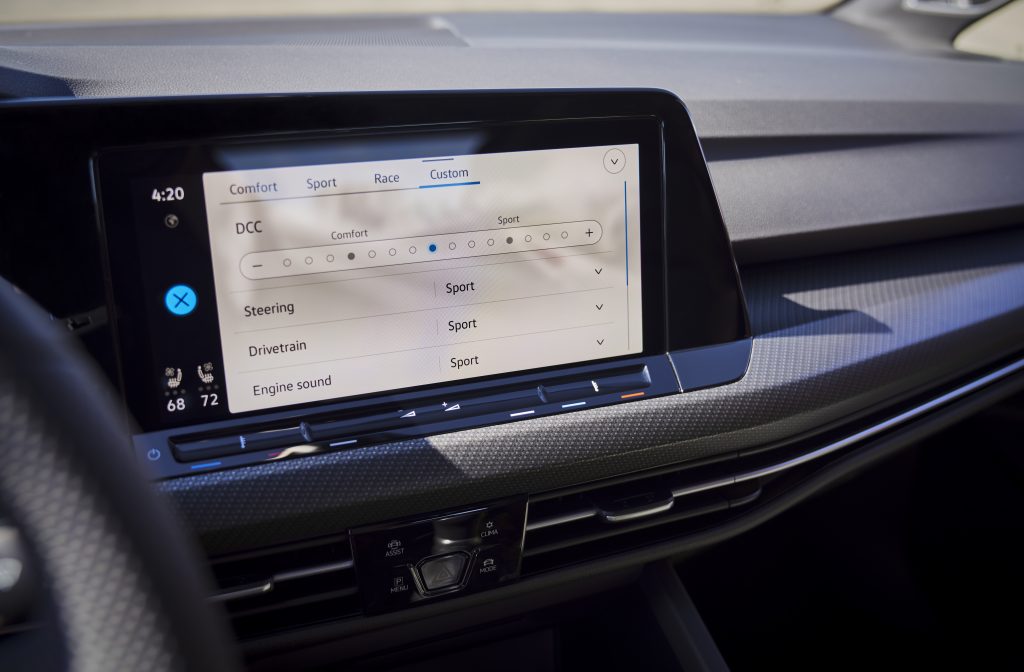
While it’s true that each car features a unique gauge cluster display set that can be very thoroughly customized by the driver, the outgoing models had actual meters for the tach and speedometer. Having more information available in front of the driver (such as navigation prompts) is likely safer, and VW has executed the transition as well as can be expected, even if we miss the simplicity of the original meters. That said, VW’s Golf R and Golf GTI customers are most likely already serious fans, so it’s possible buyers will enjoy spending hours tweaking their specifics—wanting to see, for example, turbo-boost in their Golf R gauge cluster or RPM represented on a single graphic bar rather than a classic circle.
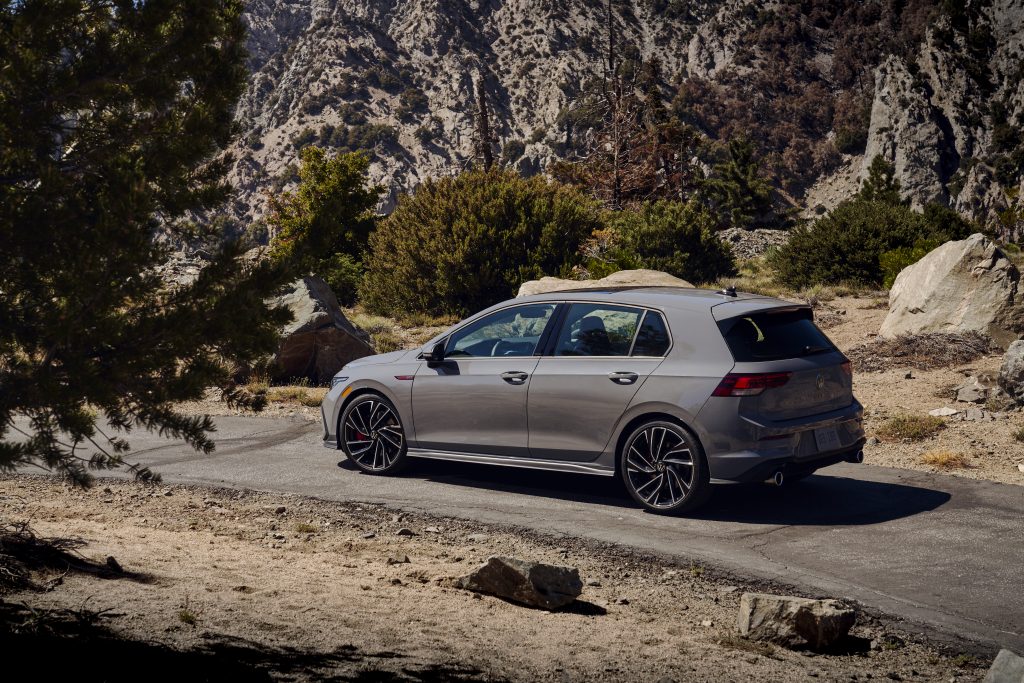
On the outside, the GTI and R feature subtle differences. Again, this is central to VW philosophy. The German brand doesn’t overwhelm buyers with visual cues, and there are no treatments on the Golf R’s exterior, save lighting, that don’t enhance performance. Same goes for the GTI, which has an LED stripe that spans the width of the narrow grille. The R gets a similar treatment, but the LED strip works more like old-school chrome, accenting the nose-line of the hood.
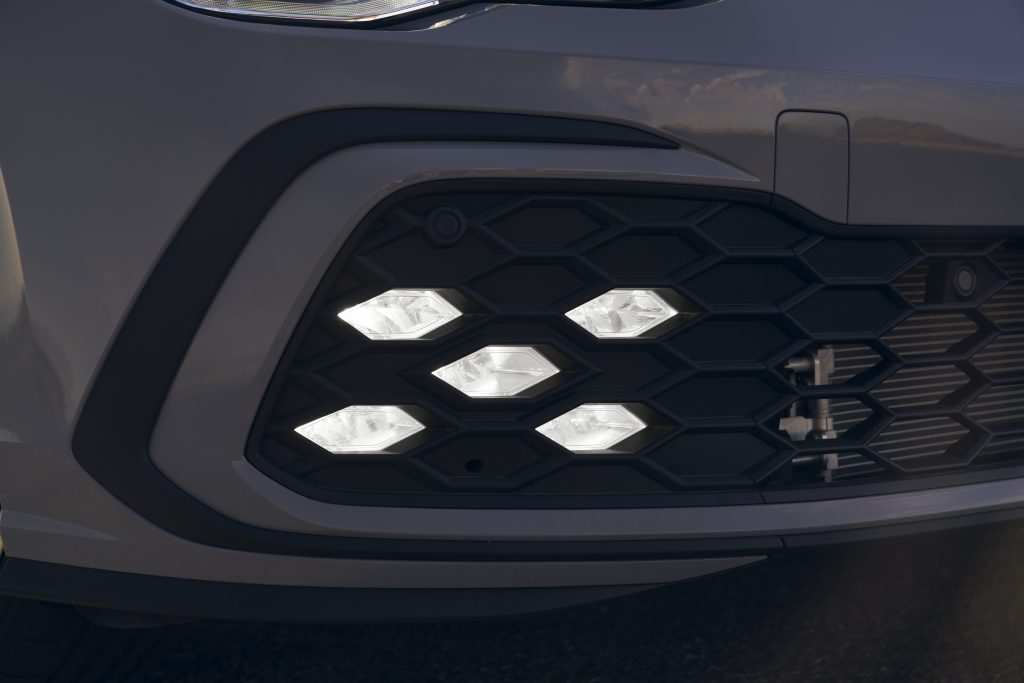
The GTI’s X-patterned LEDs form fog lamps below the bumper, but the R uses this space for increased air intake. Design-wise it gives the face of the R a more serious mien, which—with 315hp vs GTI’s 241hp—is probably fitting. The R also looks a bit more purposeful from the rear, with a far longer, slotted rear wing for increased downforce.
Again, these are subtle distinctions between the two models, and within the category overall. The point isn’t to draw attention. It’s for fans to enjoy, while other drivers on the road remain unaware of the nuances.
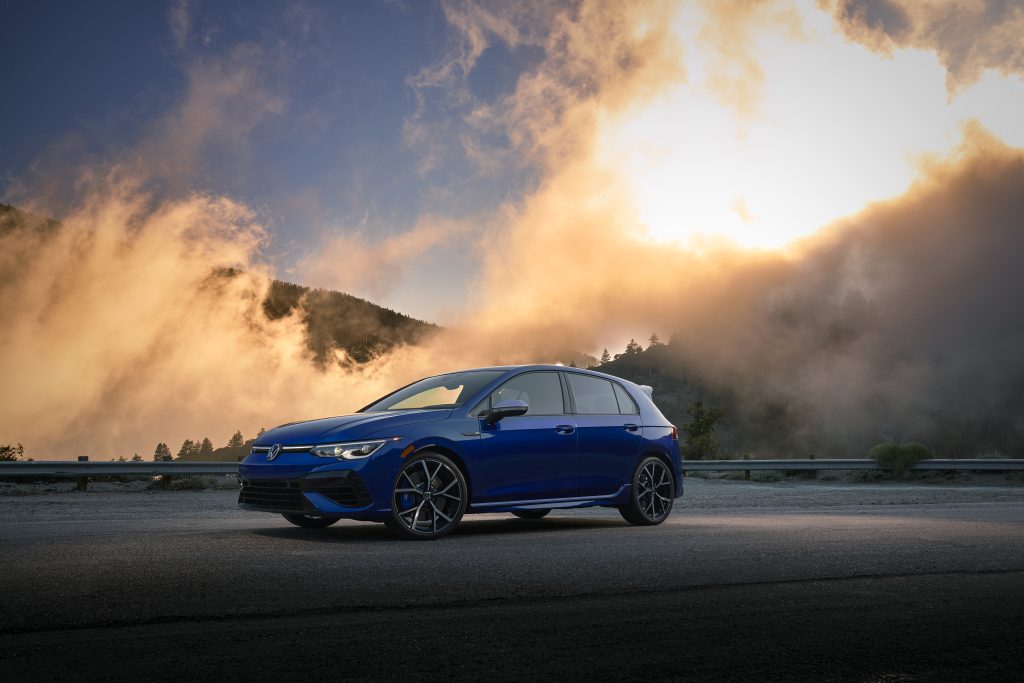
Appearances aside, the cars drive well thanks to some revised software, hardware and build changes. The latter amounts to switching the latest Golf models to a platform specifically revised for this application, utilizing higher strength steel and lighter weight aluminum. A stiffer car steers better and can actually be suspended with more nuance, because chassis engineers aren’t trying to counteract flex. Where drivers feel this is mostly in the steering and the lack of an abrasive ride.

Both cars track beautifully. The GTI does feel a bit softer and that’s intentional, but the R isn’t a brute—until switching its adaptive dampers to their stiffest setting. Because you can choose between the six-speed manual and the seven-speed DSG, our vote is for the manual, unless you have to battle city traffic as a significant part of your daily existence, since the DSG can be switched to a default “drive” setting.
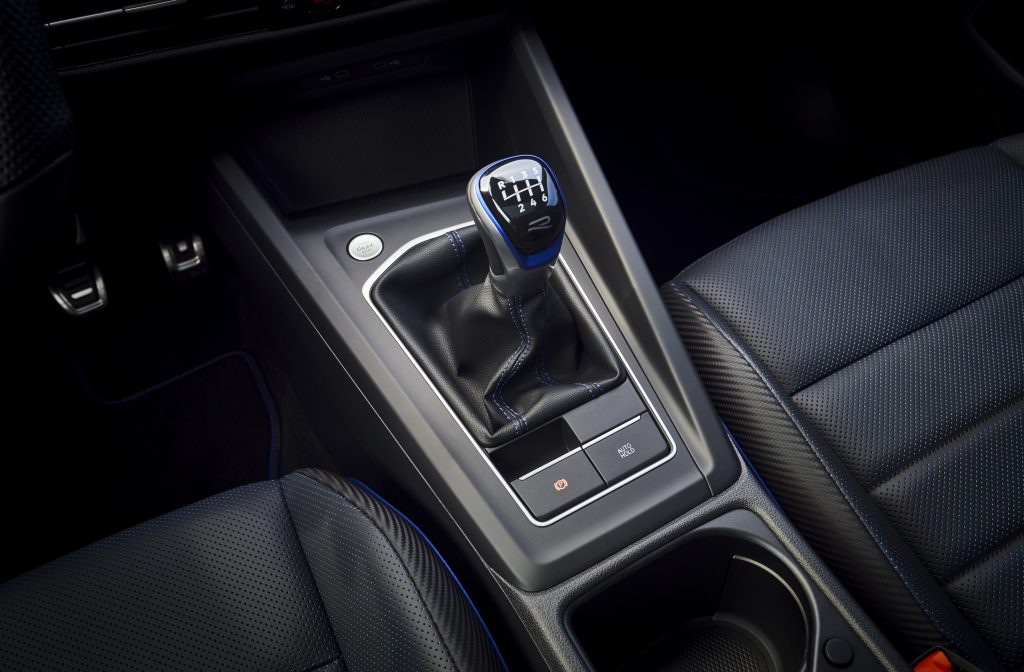
While the DSG shifts faster and actually will make either car quicker to 60mph (because no human can work a clutch as rapidly as a computer), the DSG can’t slowly downshift; drivers can’t slot the gearbox from third to second gear and delay the clutch release the way you can with a manual, metering deceleration into the front or all wheels. That dance is why you buy a car like the GTI or R, and why Volkswagen listened to their customers, half of whom want to shift their own gears.

Comparing these two Golf models ultimately begs the question: which car is better? Of course, that depends on the driver. If performance is paramount, the R’s limits are simply superior. Its AWD is now designed around sportier output, not just grip. That manifests when maneuvering the car into a turn and pressing the gas when exiting a corner. The new AWD sends more power to the outside rear wheel to push the car more tightly around the bend, narrowing the turning radius. This delivers handling that’s distinctly sharper than in the FWD-only GTI. That, and the added horsepower, make the R more on par with even faster sports cars.
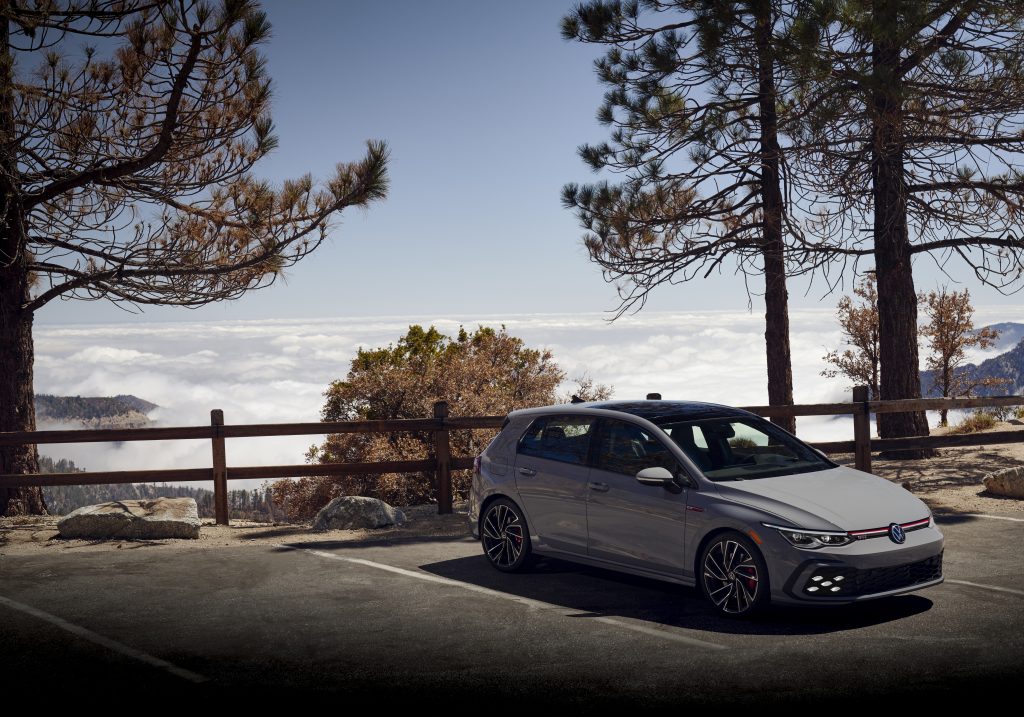
But the base GTI with a manual costs a reasonable $29,545, and at that price it’s the reigning king of pragmatism. Load it up to its $38,795 apex and it’s closer to the Golf R at $43,645. In either car, drivers will be winking and hat-tipping other Golf aficionados, enjoying the performance and nuance that these models provide with aplomb.
Images courtesy of Volkswagen












